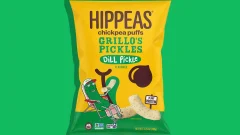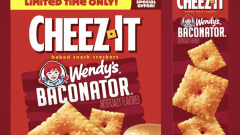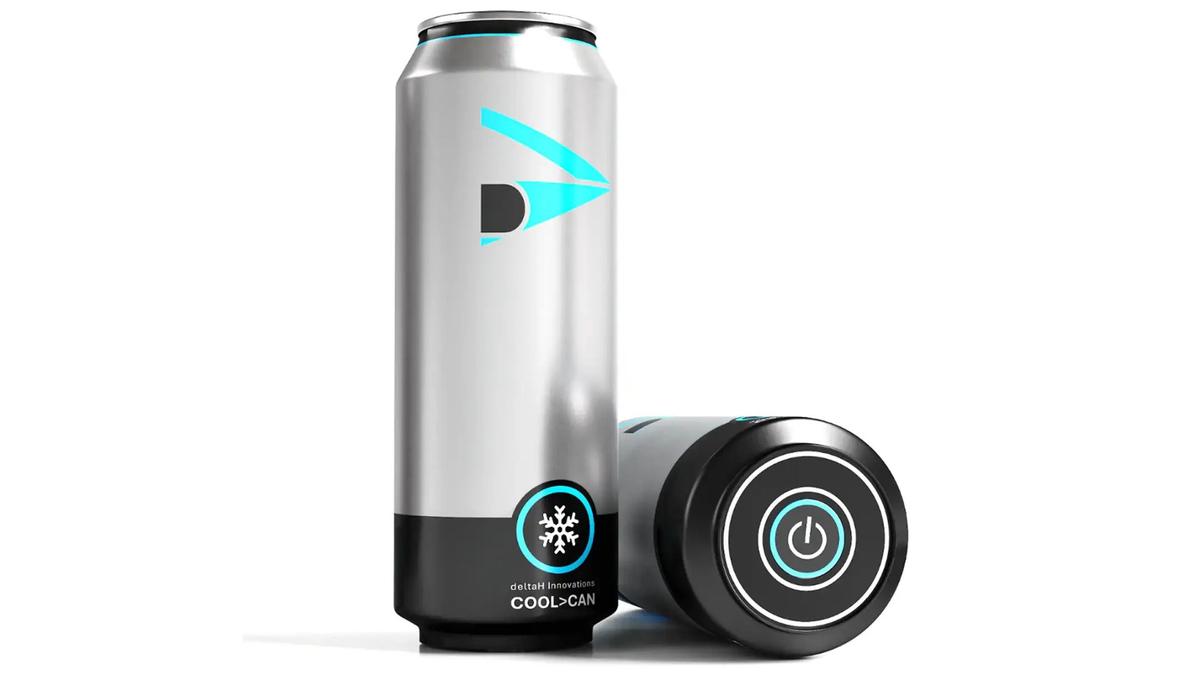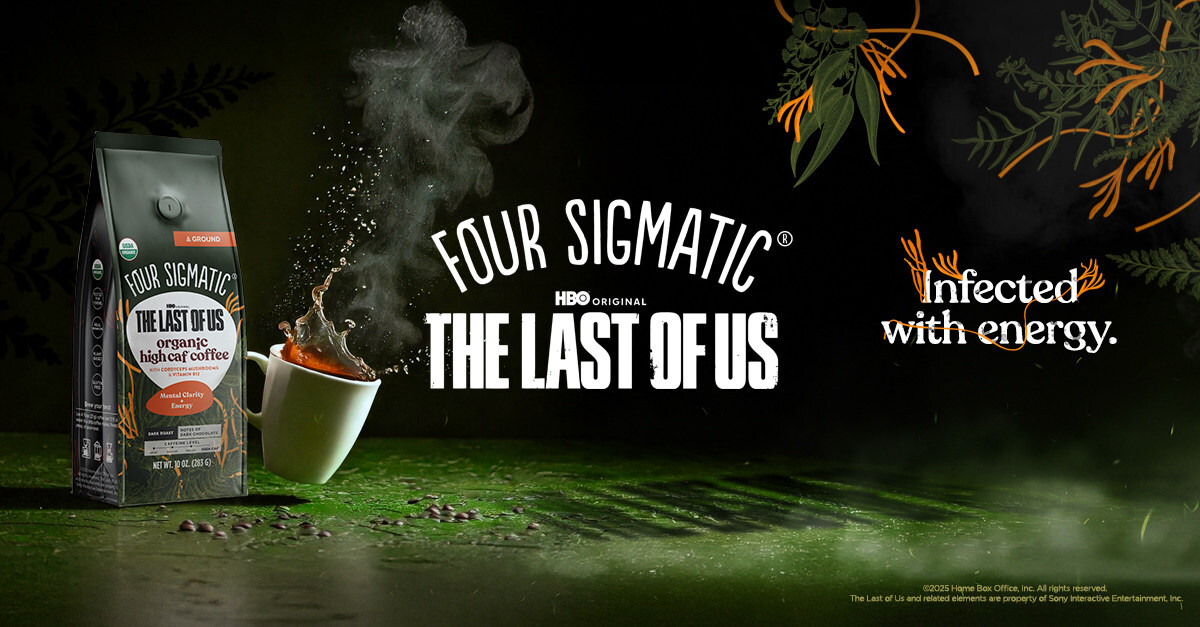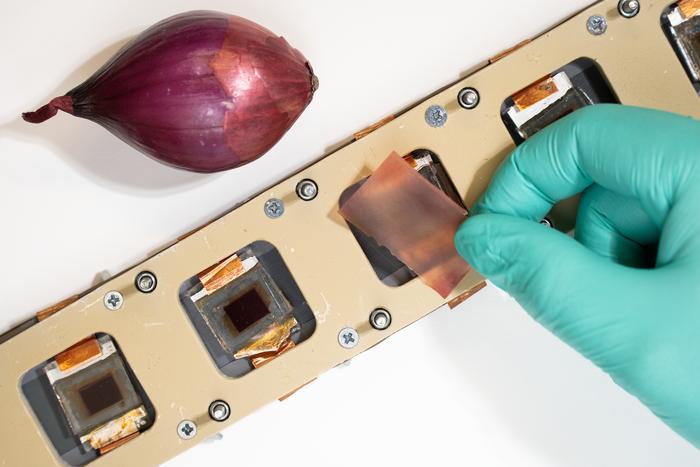Will This Burger Making Robot Change the Food Service Industry Forever?
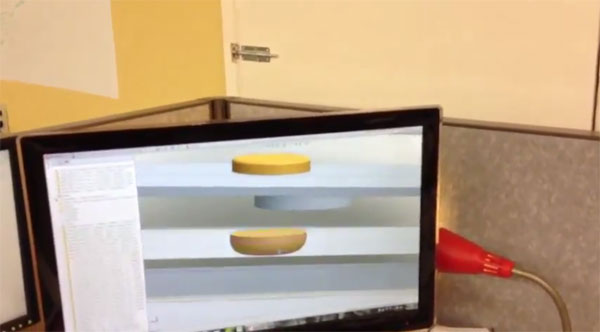
Science fiction has always positioned the idea that one day our human jobs would be replaced by machines. For those working in burger assembly lines, that day might be sooner than you think.
Introducing a machine that makes burgers. Literally, it’s a burger making machine, in prototype, that takes unprepared ingredients like whole tomatoes, onions, uncooked patties, untoasted buns, and spits out a completely assembled burger:
Momentum Machines, the San Francisco-based robotics company responsible for the concept, notes that they are aiming to have a functional demo model by June 1st, 2012.
About a month ago, the company got a quick nod by the tech community and a shaky video by StartupGrind that caught the group during a work day. Jump to 2:38 for the interesting stuff, see company president Alex Vardakostas speak, joke about their CAD model and give a brief explanation about the power of their product:
Shortly after seeing this video, we put a call out to Alexandros Vardakostas, Momentum’s founder and president, to shed some light on what was a seemingly understated, potentially game changing burger making robot. Here’s the meat (har har):
How does it work?
The machine takes unprepared inputs (including whole tomatoes, onions, pickles, uncooked patties, untoasted buns, etc.) and then, as each order comes in, the device prepares the ingredients (slices tomatoes, char-broils patties, etc.) and assembles the entire burger.
Customization occurs through a simple user interface, allowing the button-pusher to opt out of certain ingredients and add extras of stuff they like. When it’s done doing the assembling, it even puts the burger into a bag, if that’s what your company needs it to do.
Vardakostas even commented on the possible additions of proteins outside of beef patties. He said they plan on integrating chicken sandwiches and fish sandwiches into the technology, and that their current setup isn’t too far off from handling such requests.
“The machine is already capable of handling different sizes of buns, tomatoes, et cetera” explained Vardakostas when asked about the limitations of his machine. “It’s also really customizable in that the restaurant owner can tell us the proportion sizes desired of each ingredient and we can very easily modify the machine to suit their demand.”
Daily upkeep for potential restaurant users involves reloading the machine with ingredients “every once in a long while.”
The anticipated output is currently around 360 hamburgers per hour.
A Robot That Makes Burgers
Pictured above is a hastily taken photo of one of the first burgers made by the machine, the first of what the company hopes is many successful burger assemblies.
The aim of the robot, which remains without a name currently, is to produce food more consistently, with higher quality and at a lower cost.
Ultimately, a sterile machine opens the opportunity for a much more sanitary work environment. For those that think burger making robots sound superfluous, let the ramifications sink in.
Vardakostas notes that their potential customers include “hamburger restaurants of all kinds, food trucks, airports, train stations and other high traffic locations.”
Most exciting, as Alex put it, is all the new restaurant concepts that could be unleashed with their technology as the backend.
The utility for a restaurant owner is evident, less people on the line with more output. If Momentum Machines does their due diligence, it may even be beneficial to make available an adaptable API — opening the floodgates to unique visual ordering experiences.
Could this mean a viable, high quality burger ATM — to levels even the Sprinkles Bakery Cupcake ATM never reached? Imagine the possibilities: walk up to a Burger ATM, punch in the ingredients you want, how you want your patty cooked, and a fresh made burger comes out the hole a few moments later?
But Robots Don’t Have a Heart, Burgers Should Be Made With Love
While some burger chains thrive on their meticulous line-driven output, there are thousands of eateries that have built their success on their lack of machines and personal touches.
Taking sit down restaurants out of the equation for a moment, take the popular West Coast In-N-Out burger chain, for example.
Their employees work their tails off, peeling potatoes, hand placing buns and patties on the grill, and for years, whether that makes a difference in taste or not, people flock to the restaurant knowing that their food is being made fresh and with care.
Would the presence of a robot doing the work of a group of cheery In-N-Out employees change how you feel about their burgers? If a robot (let’s call the robot Patty, for personality’s sake) could use all the same ingredients that a quality chain like In-N-Out uses — fresh lettuce, tomatoes, buns and quality meat — does it matter who assembles the end product?
Let’s think about it for one last minute. There are some pretty evident pros and cons to having Patty, the burger making robot, creating our meals.
The pros? An employee doesn’t touch my burger (as much) during the process. This means less chance for a stray hair, less chance for an employee having a bad day to not wash his hands before working, less overhead for the restaurant owner, and a hopeful lower cost product for the customer.
The cons? Restaurants that once prided themselves on the art of burger making will be tempted to adopt Patty as a kitchen aid. Since she can do the job of many employees, you also run into the inevitable “job stealing” stigma attached to robots like Patty. If Patty doesn’t break down and maintains a low margin of error, we’d imagine a franchisee or restaurateur looking after his bottom line would rather pay his robot nothing, than 5 – 10 employees an hourly wage, and paid lunch breaks.
Regardless of where your feelings fall about a burger making robot, this reality is a realistic situation that could befall us in the near future.
A few companies have already expressed interest in having Momentum create food robots for their operation — can you guess who these companies are? Where are some places you could see this machine working?
Are we already losing too many jobs in society to machines like this? Do you have any suggestions for the makers of the machine?
Discuss in the comments below!
[all images used courtesy o Alex Vardakostas]









